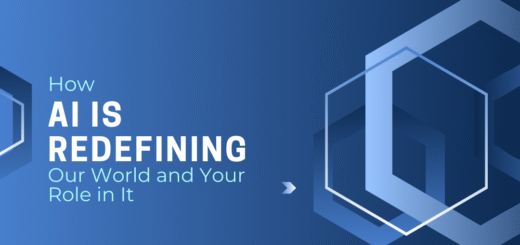Smarter Performance Reviews: How Data is Changing the Way We Work
Let’s be honest—most performance reviews are broken. Managers dread giving them, employees resent them, and HR teams waste weeks compiling data that often feels outdated the moment it’s collected. But what if we could make the process actually useful?
The Problem with Old-School Performance Management
Traditional reviews suffer from three fatal flaws:
- They’re backward-looking – Judging last quarter’s work doesn’t help next quarter’s performance
- They’re subjective – The “halo effect” means one strong (or weak) moment can overshadow everything else
- They’re disconnected – Individual goals often don’t reflect what the business actually needs right now
How Data is Changing the Game
Modern tools aren’t about spying on employees—they’re about spotting patterns humans miss. Here’s what actually works:
Real examples from companies getting it right:
- A Boston tech firm replaced annual reviews with weekly AI-powered check-ins that flag when engineers are burning out (based on code commit times and peer feedback)
- A Chicago ad agency uses natural language processing to analyze client meeting transcripts, identifying which team members consistently resolve objections most effectively
- A Dallas hospital network predicts nurse retention risks by correlating shift patterns, patient outcomes, and engagement survey responses
Practical Applications That Matter
- Spotting hidden stars
- Example: A quiet account manager in Atlanta was consistently underrated until data showed her clients had 30% fewer escalations than peers
- Preventing burnout before it happens
- Example: An AI model at a Seattle startup noticed a designer’s productivity dip always followed 4+ days of late-night Slack activity
- Making training actually useful
- Instead of generic leadership courses, a Miami bank now recommends specific modules based on which skills correlate with promotion in each department
Implementing Without the Creep Factor
The key is transparency:
- Share what data is being collected
- Explain how it’s used
- Give employees access to their own insights
Try starting with:
- Automated “nudges” when work patterns suggest someone might be stuck
- Skill gap analysis that recommends relevant learning resources
- Real-time peer recognition prompts based on actual contributions
The Bottom Line
When done right, data-driven performance management isn’t about surveillance—it’s about giving everyone the tools to succeed. The best companies aren’t just evaluating performance; they’re using insights to actively improve it every day.


